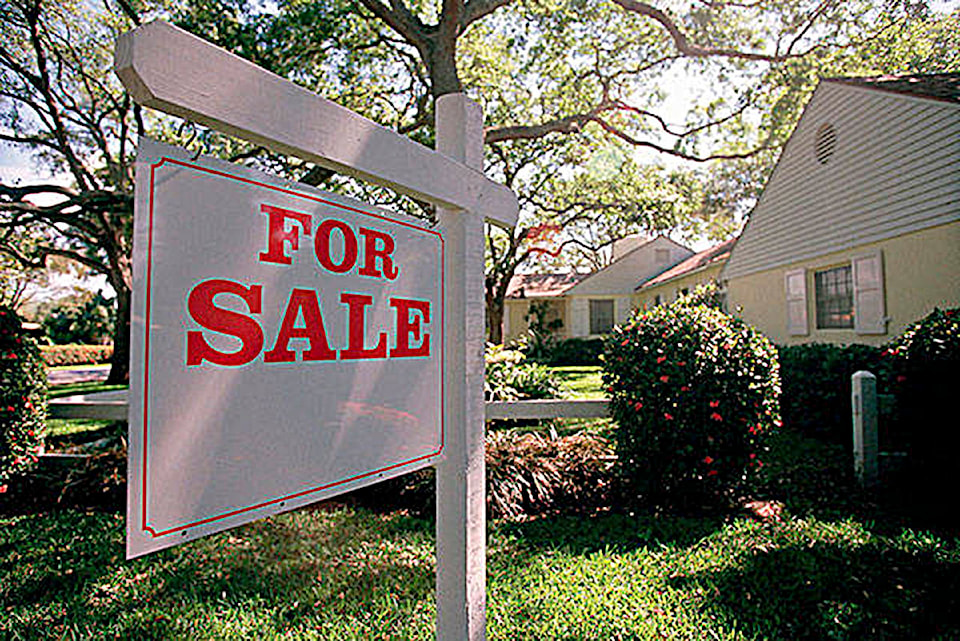Housing challenges faced by two areas of the Shuswap include a lack of appropriate housing for seniors, a shortage of lower-cost rental options and challenges created by seasonal accommodations.
This is according to a report completed by Urbanics Consultants Ltd. from a study of the housing market in Columbia Shuswap Regional District (CSRD) areas C and E – the South Shuswap and Rural Sicamous and Malakwa.
The report was presented to the CSRD board on Aug. 20.
Factors driving a challenging housing market identified in the report include an aging population, declining household sizes, slow population growth and the affordability of homes.
The report found shrinking household sizes are common to both electoral areas and so more housing units per capita are required. Also noted in the report for both areas is a reliance on employment outside the electoral area, with a noticeable share of Area C residents commuting outside of CSRD limits and Area E residents leaving both the electoral area and the regional district entirely in search of work.
In both Area C and E, a significant portion of homes are not occupied by full-time residents, either serving as seasonal vacation homes or as short-term rentals. The portion of dwellings not occupied full time in Area E is described as “extremely high” in the report.
Read More: COVID-19 risk management among Okanagan College fall offerings
Read More: WestJet says refusal to wear a mask could mean travel ban for a year
Findings specific to Area C show a modest growth in the area’s population. The South Shuswap population is aging – the report forecasts a 45 per cent increase in senior households.
The median rental accommodation is $1,048 per month in Area C.
The findings on Area E painted a very different picture. The population of the rural areas around Sicamous is in decline and the proportion of youth in the area is on the rise. Rent is more affordable in Area E with a median of $866 per month, but the report also noted homes available in the area are aging and many of them are in need of repair.
Purchasing a home for the first time is a challenging endeavour in both areas. According to the report, 74 per cent of households in Area C could not qualify for a mortgage to purchase the average single-family home. In Area E, 79 per cent of households couldn’t get a mortgage for the median home.
Housing needs reports like the one prepared for Areas C and E are now a provincial requirement for all jurisdictions. The report was prepared with help from a $33,000 grant from the Union of BC Municipalities. Similar reports will be prepared for the regional district’s other electoral areas as funding becomes available.
According to the CSRD, their staff will be reviewing the report and bringing recommendations to the regional district’s board at a future meeting.
Read More: B.C. reports 68 new COVID-19 cases, one death as it releases city-level data
Read More: Column: A roadmap for running a city in a pandemic
jim.elliot@saobserver.net
Like us on Facebook and follow us on Twitter
